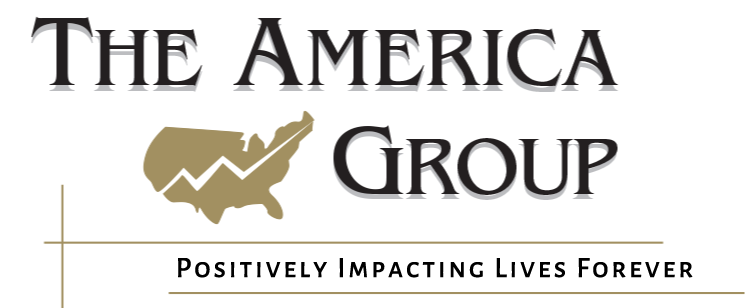What keeps you up at night?
We all work for our money but, believe it or not, there are ways to make your money work for you too. Having a solid financial plan can help you rest easy and know that you’re taken care of. Whether you are just starting out or you’re already enjoying retirement, the key is in the approach. We’re here to help.
Take this short quiz to learn about what you can be doing differently to live with a more balanced and consistent financial future.










